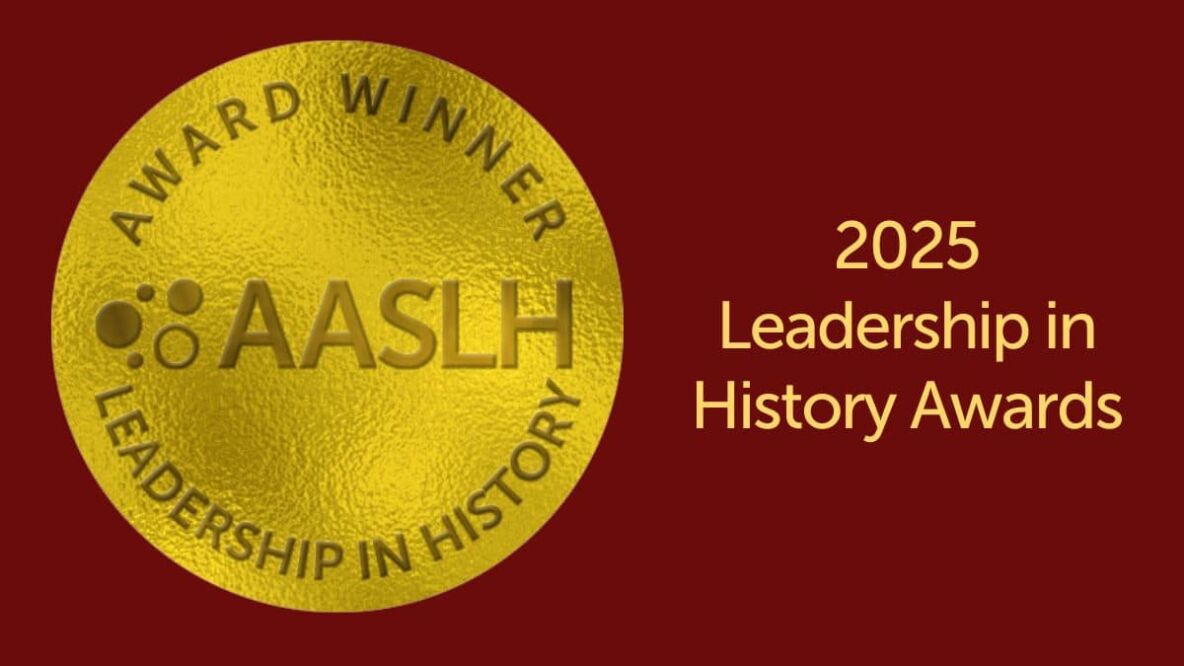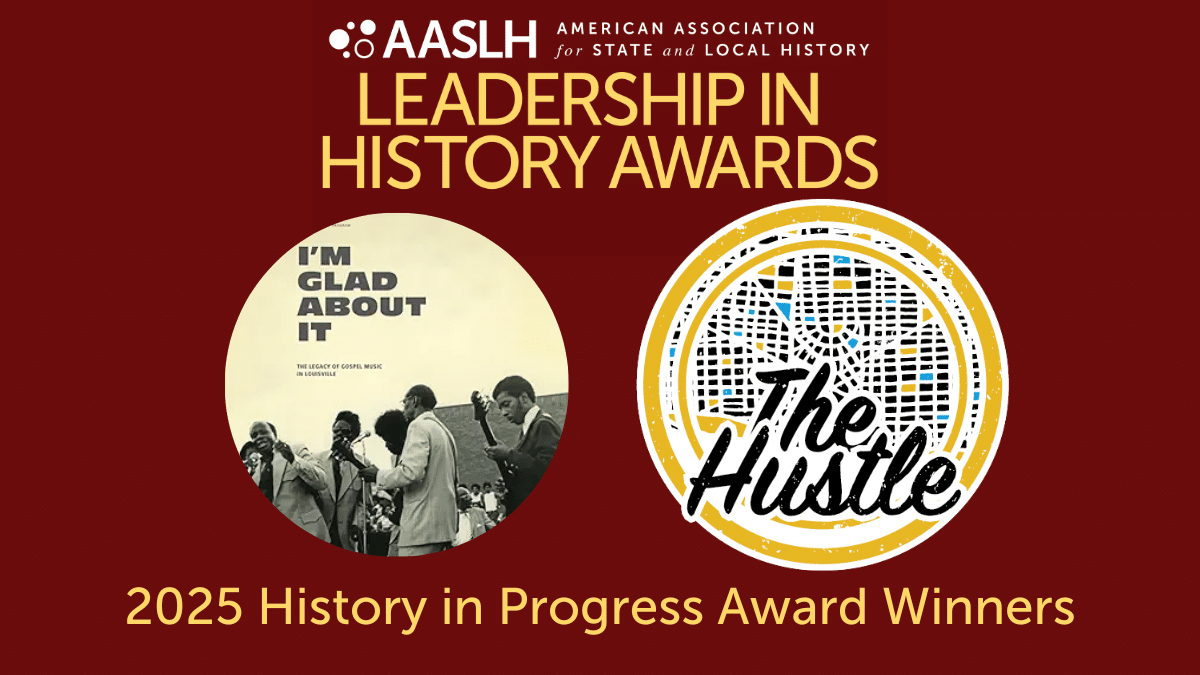Slaves and Slaveholders of Wessyngton Plantation interpreted an often neglected aspect of Tennessee’s past: antebellum plantation slavery. Located in Robertson County, Wessyngton Plantation was comprised of 13,000 acres with an enslaved labor force of 274 African Americans in 1860. As one of the wealthiest and largest plantations in the state, it provided an excellent vehicle to explore the social, political, economic, and cultural aspects of slavery in Tennessee through an exhibit.
Wessyngton Plantation utilized innovative storytelling techniques, new scholarship, exhibit films, educational programming, and community engagement to take the story beyond the walls of the museum. John Baker Jr., a Wessyngton slave descendant and author of The Washingtons of Wessyngton, served as primary consultant. The exhibit contextualized the Wessyngton story within the larger history of slavery in America. It emphasized how slavery’s expansion west into states like Tennessee drove the antebellum economy of the U.S. and how non-slaveholding whites and northern businesses profited from the labor of slaves. It also used a dual-storytelling technique to create balanced coverage of the lives of slaves and slaveholders. The goal was to not victimize slaves nor make villains of slaveholders, but to create an understanding of the nineteenth-century American mind that could view slavery as a moral and practical institution. Furthermore it gave agency to enslaved people by showing how they made choices, built lives, and sustained families before, during, and after the Civil War.
Programming consisted of teacher professional development workshops, a primary source program for school groups, a southern roots event, film screenings, lectures, and a bus tour to the Wessyngton property (today privately owned). Around 68,000 visitors saw the exhibition over a seven month period, which was a 10,000 increase from typical attendance. 64% of evaluation respondents stated that their perceptions of life on plantations changed as a result of the exhibition. Wessyngton Plantation also resulted in multiple collaborations. The museum wrote a Tennessee Historical Commission grant to fund a ground penetrating radar survey of the Wessyngton slave cemetery, which led to the installation of a new memorial marker. Wessyngton descendants held reunions in Nashville leading to the discovery of previously unknown photographs and documents. Local PBS affiliate WNPT produced a thirty-minute program on the exhibition and the research of John Baker. And the Civil War National Heritage Area funded the exhibit to tour fifteen more venues over a three year period. Beyond the museum’s walls, the project’s excellence will continue to spark reflection on the shared past of Tennesseans and slavery’s historic role.
Read the article in the Winter 2016 issue of History News!
Recipient
Tennessee State Museum
Nashville, TN
Award Details
2015 Award of Merit
Online Details
Contact Details
Tennessee State Museum
505 Deaderick Street
Nashville, TN 37243-1120



